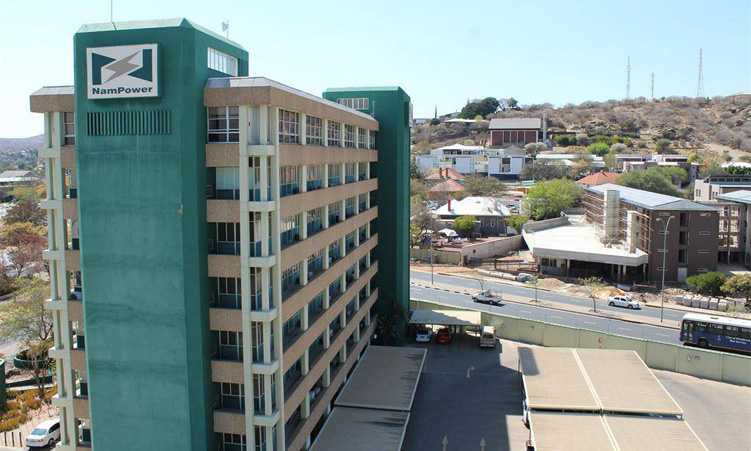Namibia has placed more weight on agriculture and forestry as key sectors in which carbon credits can be traded in Namibia, as agricultural practices, such as conservation tillage and soil carbon sequestration, can remove carbon from the atmosphere and store it in the soil.
Recent studies have found that forests take in about 30% of the carbon emissions from burning fossil fuels globally.
Other related sectors that Namibia has also lined up as having potential for carbon trading are energy and waste management.
Carbon markets are systems in which carbon credits are traded to compensate for greenhouse gas emissions. The carbon credits can be purchased from entities that remove or reduce greenhouse gas emissions.
The 2015 Paris Agreement on Climate Change (to which Namibia is a party), in article 6,4, allows parties to voluntarily cooperate to reach more ambitious targets by exchanging carbon credits from potential sectors such as agriculture, forestry and water and waste management.
Namibia has committed itself to participate in this cooperation and has, through the United Nations Development Programme (UNDP) in Namibia, received funding from the government of Japan to establish carbon markets in the country, as a way of addressing climate change and thus achieve goals it has set in its national determined contributions (NDCs).
MITIGATION STRATEGY
This resulted in the development of a carbon market framework for Namibia, which was validated at a five-day workshop held at Walvis Bay recently.
The framework is part of the initiatives taken under the project entitled ‘Promotion of Carbon Markets in Namibia for an Enhanced Implementation of the NDCs Towards Net-Zero Emission and Climate Resilience Development in Response to the Climate Emergency”, funded by the Japanese government for US$$1 million (about N$18,8 million).
Tendai Kasinganeti, one of Namibia’s climate change consultants who were involved in the development of the carbon market framework, said the framework is anchored on the fact that this year, the country’s second update NDCs identified carbon marketing as a strategy for mobilising carbon finance to fund mitigation adaptation measures.
He said Namibia requires US$3 billion (about N$56,4 billion) to implement its NDC and therefore, carbon markets become an avenue for mobilising finance.
Speaking at the Walvis Bay workshop, environmental commissioner Timoteus Mufeti said the main aim of the framework is to enable Namibia to participate in the carbon market by setting out the processes for developing and implementing carbon market activities in the country.
“The preparation and consultative processes undertaken were to ensure that there is a buy-in among key stakeholders,” said Mufeti.
The Japanese ambassador to Namibia, Hisoa Nishimaki, said carbon market finance has been found to be one of the successful and effective ways to de-risk private sector investment and accelerate low carbon investment in developing countries.
Nishimaki said Japan has provided US$42 million (N$789 million) to the UNDP project, ‘Japan-UNDP Support for Transition Efforts to Decarbonisation’, which was distributed to 23 countries, including Namibia.
UNDP representative in Namibia Alka Bhatia said carbon markets provide a framework for reducing greenhouse gas emissions, fostering sustainability and driving innovation.
Training on carbon markets policy, regulation and law government and United Nations agencies officials and carbon market project development for the private sector, financial institutions, civil society organisations and academia was also part of the workshop.
Stay informed with The Namibian – your source for credible journalism. Get in-depth reporting and opinions for
only N$85 a month. Invest in journalism, invest in democracy –
Subscribe Now!






